 Natto may not leave a very good impression as its strong smell with stringy appearance,but it has been eaten in japan for hundreds of years!
Natto may not leave a very good impression as its strong smell with stringy appearance,but it has been eaten in japan for hundreds of years!
How natto is made?
Natto is made with boiled soy beans and natto bacteria (Bacillus subtilis var, which lives in straw in nature). We don’t know when natto was first made exactly, but some people say it was eaten for thousands of years. Someone stored soy beans in the straw and that’s how natto was discovered.
Today, soybeans are left in water for 7hrs (17 hours in winter) and then boiled. After they are boiled, nattobacteria is sprayed on to the beans to start the fermentation process. They are then left in room that is set at 40 degrees for around 16 hours.
Why natto is stringy?
The bacteria that is added breaks down the proteins in the soy beans which results in the stringy, sticky substance on natto. Glutamate and fructan are a product of the fermentation process and gives the natto itsumami taste.
What's good about natto?
Natto is resistared as “food for specified health uses” in Japan. Nattokinaze which is only contained innatto, is said to prevent myocardial infarction (thrombolysis). It also decreases blood pressure. Nattocontains natto-lecithin and vitamin B, which are both good for the skin. Polyglutamic acid keeps your skin moist 10 times more than hyaluronan which is often contained to beauty products. If you are taking warfarin (an anticoagulant), you need to be careful because natto contains a lot of vitamin K and that can reduce the effect of warfarin.

